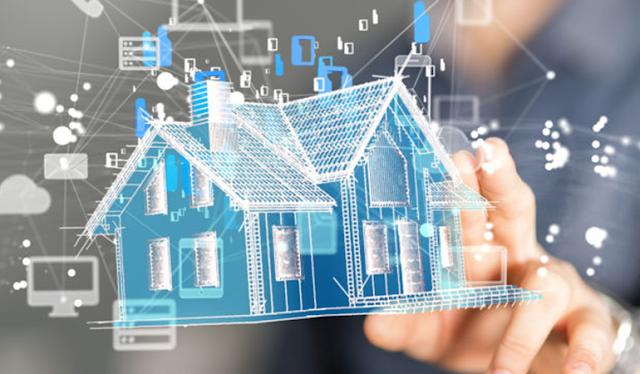What is smart home
A smart home is a residence that makes use of internet-connected devices to allow the remote monitoring and management of appliances and systems, such as lighting and heating.
Smart home technologies, also known as home automation, gives homeowners safety, comfort, comfort and energy efficiency by enabling them to handle smart devices, often by a smart home app on their smartphone or other networked device. A part from the net of factors (IoT), smart home systems and devices usually operate together, sharing customer usage information among themselves and automating actions based around the homeowners' preferences.
Examples of smart home technologies
Practically each aspect of life where technologies has entered the domestic space (lightbulbs, dishwashers and so on) has observed the introduction of a smart home example:
- Smart TVs connect for the net to access content through applications, including on-demand video and music. Some smart TVs also consist of voice or gesture recognition.
- In addition to being able to be controlled remotely and customized, smart lighting systems, including Hue from Philips Lighting Holding B.V., can detect when occupants are inside the room and adjust lighting as necessary. Smart lightbulbs also can regulate themselves based on daylight availability.
- Smart thermostats, including Nest from Nest Labs Inc., include integrated Wi-Fi, permitting customers to schedule, monitor and remotely manage home temperatures. These devices also understand homeowners' behaviors and automatically modify settings to provide residents with maximum comfort and efficiency. Smart thermostats may also report energy use and remind users to change filters, amongst other issues.
- Using smart locks and garage-door openers, users can grant or deny access to visitors. Smart locks can also detect when residents are near and unlock the doors for them.
- With smart safety cameras, residents can monitor their homes once they are away or on getaway. Smart motion sensors are also capable to recognize the distinction in between residents, guests, pets and burglars, and may notify authorities if suspicious behavior is detected.
- Pet care may be automated with connected feeders. Houseplants and lawns can be watered by way of connected timers.
- Kitchen appliances of all sorts are available, such as smart coffee makers that will brew you a fresh cup as quickly as your alarm goes off; smart refrigerators that keep track of expiration dates, make shopping lists or perhaps create recipes based on ingredients at present on hand; slower cookers and toasters; and, inside the laundry room, washing machines and dryers.
- Household system monitors might, as an example, sense an electric surge and turn off appliances or sense water failures or freezing pipes and turn off the water so there is not a flood in your basement.
How smart homes work
Home automation can even so also make your home safer by delivering you with the capability to view your home constantly. You are able to have cameras, motions detectors and locks installed that will allow you to control the doors of the home from wherever you might be. Some examples of when this is specially helpful is having the ability to let within a contractor who you are expecting or “answering” the door and telling the individual outdoors that you are not considering what they’re providing. This sends a strong message that a person is home, even when you are at your office many miles away.
Smart home advantages and disadvantages
One of the most touted benefits of home automation is delivering reassurance to homeowners, permitting them to monitor their homes remotely, countering dangers like a forgotten coffee maker left on or a front door left unlocked.
Advantages
- Convenience. All your items will likely be programmed for your needs.
- Customization. You'll be able to contain as many or as handful of of those products as you decide on.
- Safety. As pointed out above, smart homes are well-known for their improved security.
- Ease. It’s quick and basic to install these systems.
- Environmentally friendly. Thermostats, air conditioning, and lighting can all be controlled for optimal energy efficiency.
Disadvantages
- Expense. Some smart products might be relatively costly.
- Studying. There may be some studying curve for non-tech savvy folks.
- Reliability. Smart homes are reliant in your internet connection.
Tags
Home Gadget
